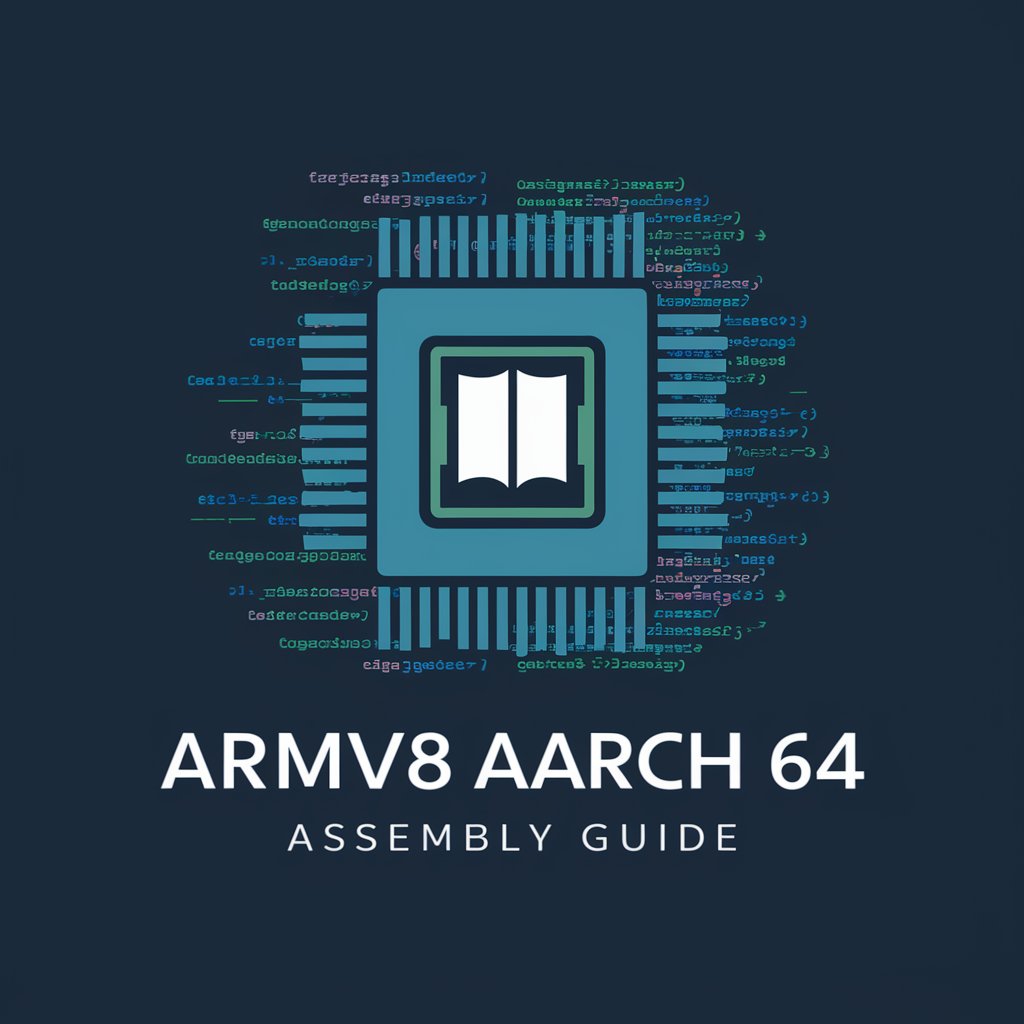antenna - AI-driven content tool

Welcome to Antenna Master, your go-to expert for antennas and microwaves.
Empower your workflow with AI
Explain the fundamental principles of antenna theory, including key equations and concepts.
Describe the latest advancements in microwave technology and their practical applications.
What are the key factors to consider when designing a high-frequency antenna?
Can you summarize the impact of a recent IEEE paper on antenna arrays?
Get Embed Code
Understanding Antennas: Basic Functions and Design Purpose
An antenna is a device designed to transmit or receive electromagnetic waves, effectively acting as the interface between radio waves propagating through space and electric currents moving in metal conductors. They convert electrical signals into radio waves and vice versa. The design of an antenna is critical and varies depending on its purpose, such as directional beam shaping or broadband usage. For example, the Yagi-Uda antenna, known for its directional capabilities, is optimized for better gain and is widely used in television reception. Another example is the parabolic dish, which focuses radio waves to a point for high-directional beam applications, such as satellite communications. Powered by ChatGPT-4o。

Principal Functions of Antennas
Transmission
Example
Broadcasting television signals
Scenario
A television broadcasting station uses a high-power antenna to transmit television programs across large distances, allowing the signal to be received by household antennas.
Reception
Example
Receiving GPS signals
Scenario
GPS receivers use antennas to pick up signals transmitted by satellites in orbit, enabling location determination and navigation services in devices like smartphones and automotive navigation systems.
Communication
Example
Wi-Fi networks
Scenario
Wi-Fi routers use antennas to communicate with wireless devices within a network, facilitating the exchange of data between connected devices and access to the internet.
Target Users of Antenna Services
Telecommunication companies
These organizations require antennas for broadcasting and receiving radio, television, and mobile signals, leveraging antenna technology to provide coverage over wide areas.
Technology enthusiasts and researchers
Individuals and research groups focused on the development and testing of new antenna designs and technologies, aiming to enhance performance and efficiency in various applications.
Defense and aerospace sectors
These sectors utilize sophisticated antenna systems for applications ranging from radar surveillance to communication with aircraft and spacecraft, requiring highly reliable and precise antenna designs.

Guidelines for Using Antenna
Start Free Trial
Initiate your exploration of Antenna's capabilities by visiting yeschat.ai, where you can access a free trial without the need for logging in or subscribing to ChatGPT Plus.
Define Your Needs
Identify the specific needs or problems you want to address using Antenna, such as enhancing productivity, academic research, or content creation.
Explore Features
Familiarize yourself with the various functionalities of Antenna, including real-time browsing, image generation, and specialized GPT models tailored to specific tasks.
Engage with the Tool
Start interacting with the tool by asking specific questions or commands that align with your objectives, making use of the tool's advanced natural language processing capabilities.
Evaluate Performance
Assess the effectiveness of Antenna in meeting your needs by observing its responsiveness, accuracy, and how well it integrates with your workflow or research activities.
Try other advanced and practical GPTs
Corectare Limba Română
Perfect Romanian, Powered by AI

GB Fiction Copy Editor (Thriller)
Revise Thrillers with AI Precision

ARMv8 Assembly Guide
Master ARMv8 Assembly, AI-Enhanced

Personal Assistant
Empower your productivity with AI

Chaos Magick Assistant
Unleash your potential with AI-powered chaos magick.

Plenck AI
Your AI-powered Angular Mentor

Jones PHD Thesis
Empowering your scholarly journey with AI

Résumés d’articles de nouvelles
Summarizing News with AI Precision

Clean Code
Revolutionizing code quality with AI.

Career Coach - Andreas Guaido PhD
Empowering Your Career Path with AI

Threlus
Revolutionizing humor with AI

SAM.gov Contract Assistant
Unlock Government Contracts with AI

Frequently Asked Questions about Antenna
What types of tasks is Antenna most suited for?
Antenna is designed to excel in a variety of tasks including academic research, data analysis, content generation, and real-time information retrieval.
Can Antenna generate images based on descriptions?
Yes, Antenna can generate detailed images from text descriptions, using advanced AI to interpret and visualize the content effectively.
Is real-time browsing available on Antenna?
Yes, Antenna offers real-time browsing capabilities, allowing users to access and retrieve current information directly through its interface.
How does Antenna handle data privacy?
Antenna prioritizes user privacy by not storing personal data unless explicitly required for the operation of specific tasks, adhering to strict data protection regulations.
Can Antenna be customized for specific user needs?
Yes, Antenna can be customized to better suit individual or enterprise needs, offering tailored functionalities and integration options to enhance its utility and performance.
